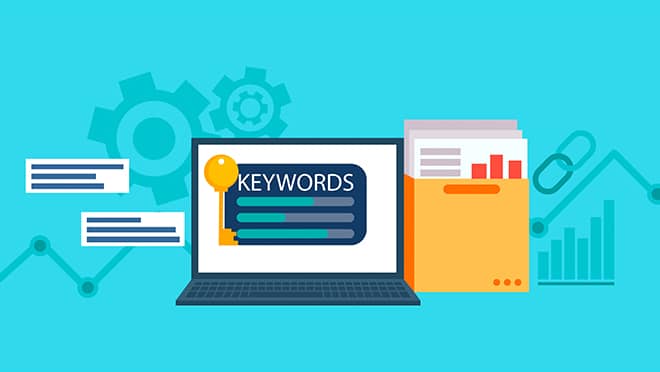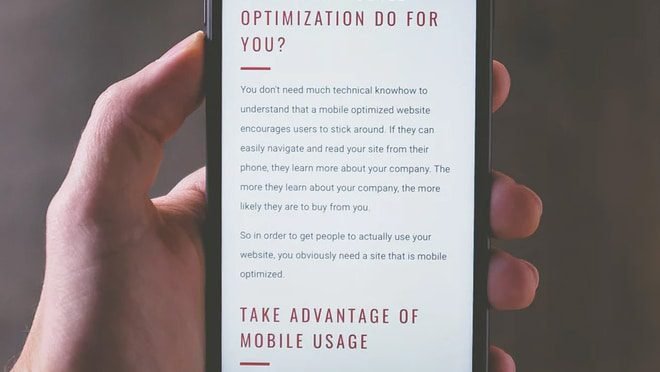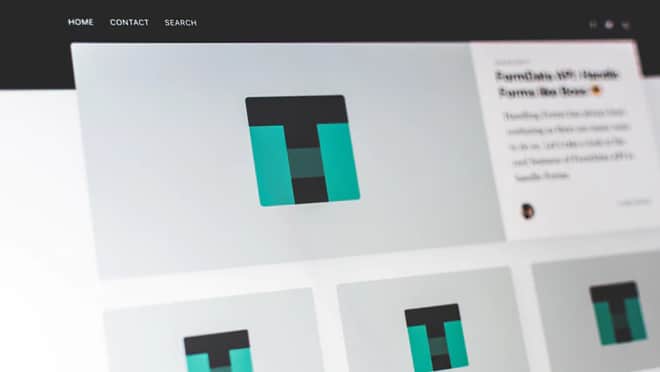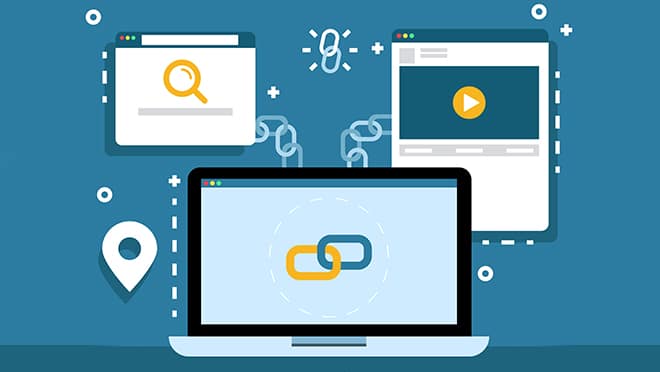SEO content is more than just text. It’s all about optimization and performance. Wise and planned optimization helps your web pages hit the rankings of search engines and therefore attract more users. In this post, we have gathered a list of simple and efficient practices to help you with this task.
Table of Contents
Definition of SEO content
Let’s start with the basics. In general, SEO strategies can expensive into three groups: On-Page SEO, Off-Page SEO, and technical SEO. Content SEO belongs to the On-Page group. The first optimization step is creating active meta tags (title, description, h1). Your main aim is to create content that will satisfy the demands of search engines and real users. It means that your meta tags should meet the requirements provided by Google (number of characters and keywords) and the demands of your visitors (relevant, informative, and eye-catching).
Next, you need to locate the body of your text. In general, web texts can be divided into the following types:
1. Landing page: In most cases, this is the first page your visitors see. Landing pages are designed to let your users learn everything about your products and services. They will go to the other sections of your resource from the landing page.
2. Product page: These pages are created to present, describe and promote each of your products and services separately.
3. Static pages: These pages usually serve to tell your customers more about your company. Often, these are “About” or “FAQ” pages.
4. Blog posts: These are informational posts that provide your users with potentially useful and interesting or entertaining content (guides, news, lists, press releases, etc.). They can include different types of visuals like pictures or videos.
No matter what type of content you need to locate, there are some general rules to follow and ensure that your site is optimized. Let’s move to them.
Step 1. Researching keywords
First and foremost, you need to create a list of related keywords. To do so, you have to find out what phrases and word combinations your potential customers type in the Google search. First, you need to place the keywords in your text to make search engines notice your resource and include it in the list of results. Second, you should know what exactly your users expect to get from your site.


- Your main keyword. Then you will place it to the web-page URL, h1, and meta-title;
- Long-tail keywords. These will appear in your subheadings (h2, h3…);
- LSI (other related keywords). You will place them in the text itself and subtitles if needed.
Not only that you should add the main keyword to the meta title and h1, but also don’t forget to include it in the main body of the text. You should not use that particular phrase or word combination in its original form but instead, find some variations. Also, don’t forget that the first paragraph should give both your readers and the search engine a clear understanding of what your text is going to be about.
Step 2: Make your text clear from the very first paragraph
You need to know what exactly your visitors are looking for and present your services fully in the first paragraph of your text. You can go into any details later, but make sure that you briefly state the problems your clients may have and the solutions you offer at the beginning.


Some time ago, copywriters and marketers composed large openings to make the reader stay on the page for a longer time before he gets the answer. This is not an option today. Now you need to give the answer and then go into details.
Step 3: Add text whenever you locate non-text content
If you are promoting videos and images, don’t forget to describe them in text form. It is crucial since neither Google nor any other engine understands other types of content better than text.


Step 4: Upload large texts
It’s true that large texts are valued by Google more than short ones. However, it doesn’t mean that you have to compose a large text just to hit the word count. The search engines value quality above quantity, therefore if your text is short but useful and unique, you have more chances to see it on the top.


Step 5: Include external and internal links
Make sure to include a couple of external and internal links. External ones lead to other resources. This will make your article more informative and help your readers get additional information about the topic. You don’t need to include too many of them. So add the links only when it’s necessary. For example, you may provide a link to the page that explains some concepts in more detail. Focus on relevant and trusted sources.


Step 6: Make your text easy to read
As you know, walls of text are uncomfortable to read. Visitors won’t spend too much time on your resource if the pages are stuffed with unformatted content.
- Use lists and bullet points
- Write small paragraphs and short sentences
- Use different fonts to highlight the most important parts
- Make sure that there is enough white space on a page
- Use readable font (take care of the mobile version as well)
As you have already understood, SEO is the heart of any content and soul of your website. Google says that you should make your content valuable and useful for people. This is your priority and the central aspect for Google to rank your site. The more convenient, good-looking, valuable, and original your texts are, the more chances you have to see your website on the top. We did our best to explain some effective strategies and if you are a bit confused by them then use SEMrush.
Don’t worry – you will get everything once you become more profound. So make sure to try these methods and good luck with your SEO!




